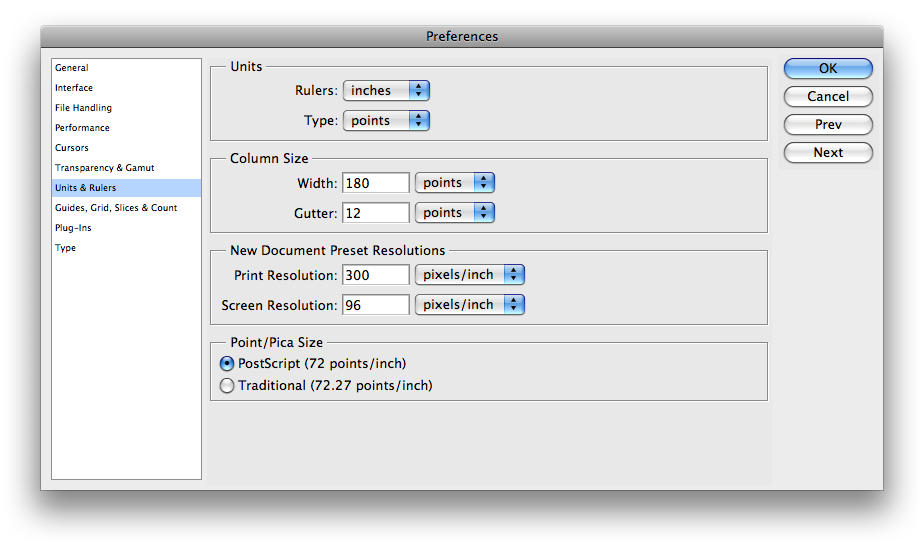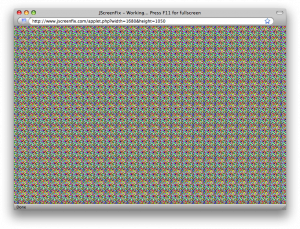
A whole lot has been made of this question, film vs. digital, and it all brings me back to my days studying Philosophy, when Steve Weber said that the essence of Philosophy, the “Study of Wisdom”, was in asking a good question- not necessarily finding the “right” answer. Whether film or digital is better is a bad question, because it doesn’t lead to understanding either medium. The question really is, “How does digital photography change how we see, and create, as artists?”
This certainly is the question of the day, as photographers, but really, has significance in any medium that allows digital, or non-linear editing as part of the creative process. The process itself, whether photography, music or film/video, has changed profoundly from a sequence that limits the artist to what was captured (with film, in photography), processed, and then interpreted in a print, to a process that allows the artist to combine and recombine elements at will, limiting the editing process only by the elements collected- either at the original capture, or afterwards.
The medium has moved, by virtue of digital editing, from a characteristic limitation of a particular tool (think pencils, charcoal, watercolor or black and white film, for example), to a virtually unlimited characteristic- you could say there is any characteristic, or no particular characteristic at all- of digital photography and Photoshop.
How many times have we seen the phrase “…limited only by your imagination” in digital product advertising? This is precisely the point.
Let’s take this to an example. I load my camera with film. Before I do this, I make a very deliberate decision to choose a certain type of film, and that defines how I will see my subject. If I choose black and white film, I’ve consciously decided to limit my palette to a scale of gray. I must make my photographs, I must visualize, in shades of gray. I have imposed the limitations of my medium, in this case, my film, on my creative process at the outset.
We could take this to an even more basic level- imagine the artist picking up a charcoal pencil to start a drawing. That choice, the charcoal over another type of pencil, over pen and ink, over the brush, will define the work. From that point, there is no turning back, but more importantly, the expression of the work will be a result of the artist’s unique relationship, understanding, vision of that tool, that medium. We find the work beautiful and expressive precisely because of what the artist has expressed with such a limited tool.
As I go out to make photographs with my digital camera, it’s quite a different process. I must decide, at the outset, if I am shooting for black and white. I will set my camera appropriately, but if I am shooting RAW format files, I can re-interpret the files virtually any way I decide to once I’m in the editing process. My capture process is not limited by my medium.
Where does the interpretation of the digital medium come from? It comes from me. It comes from my own self-discipline, from my decision that I am, today, “shooting black and white”.
This is the profound change. Where I once simply loaded my camera with Tri-X and used D76 and a certain paper to make my prints, and allowed those media to define my photographic style and vision, I now have to make, and hold myself to, a very conscious decision. How will I shoot, what will I capture? How will I assemble the elements to fulfill my vision, my expression? More to the essence of what the artist is doing, “What am I trying to say, and how will I use the tool to say it?”
Here’s the best example I know- black and white digital processing. When you shoot RAW files with a digital camera and process to make a black and white print, the very core of what you are doing is deciding how, exactly, the colors of the subject will be rendered as tones of gray. You can quite literally interpret the color spectrum as grayscale in any way you want. When you shoot with film, the film is what makes that decision- the film is what takes colors of the subject and renders them to grays.
When I shoot black and white with film I’m limited by the film. When I shoot black and white with a digital camera the limitation must be self-imposed. I’ve moved the discipline from the medium to myself.
In a recent discussion the comment was made that discussion and argument moves the intellect, but that poetry moves the soul. Why? It is precisely because the poet expresses our innermost feelings with words. Words. When we use reason and rhetoric we use every word we can to cajole and convince. The poet uses only those words, and specifically those words, which express and imply- words that mean more than they say, to speak that which cannot be spoken- to speak to the soul.
With the entire human language at the poet’s fingertips, the poet must use discipline instinct, understanding, wisdom, intellect- to select, and present, only those words that serve the vision of the soul.
We must not be artists, painters… photographers anymore. We must be learn to be poets.



